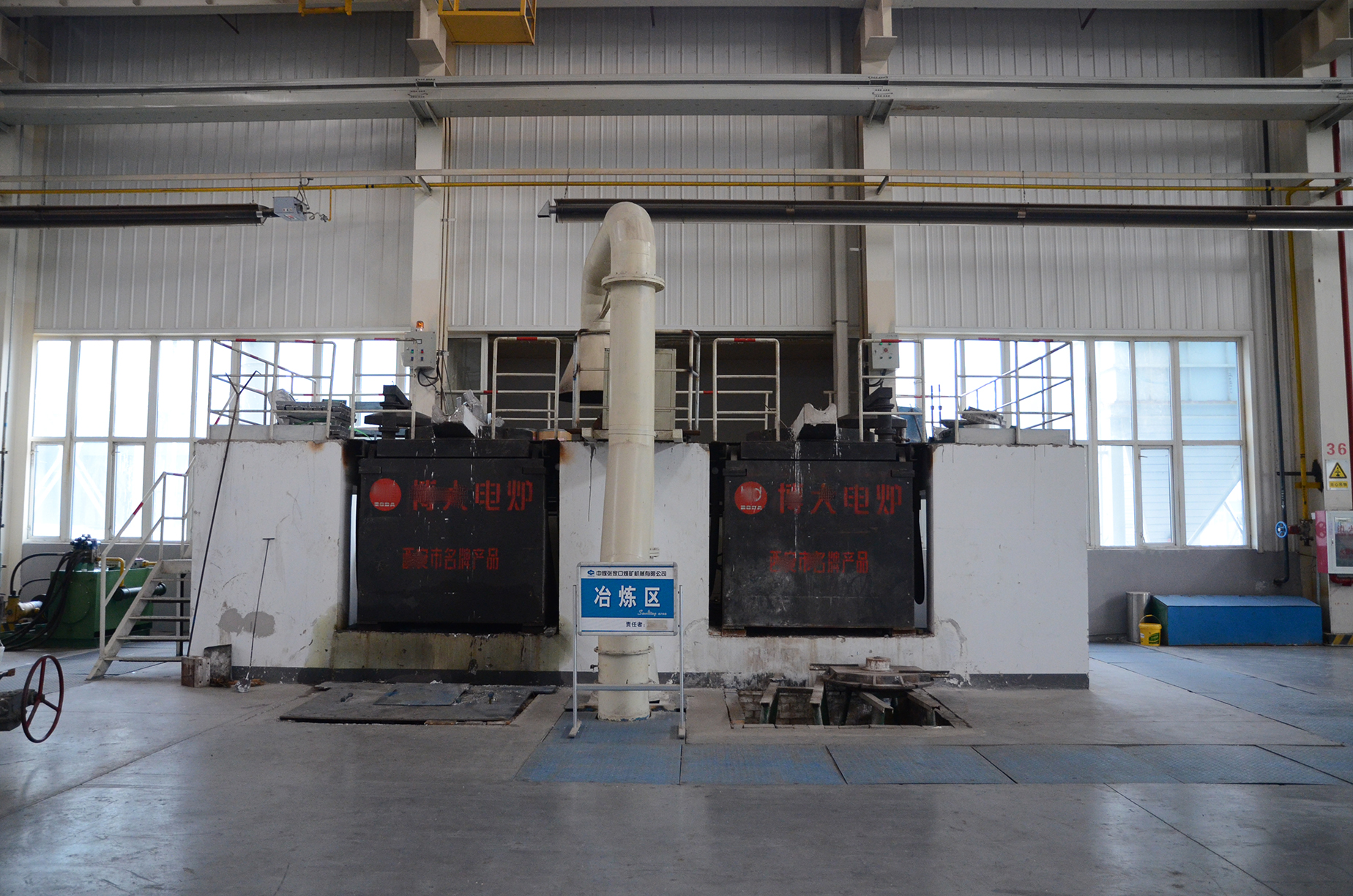- Afrikaans
- Albanian
- Amharic
- Arabic
- Armenian
- Azerbaijani
- Basque
- Belarusian
- Bengali
- Bosnian
- Bulgarian
- Catalan
- Cebuano
- China
- China (Taiwan)
- Corsican
- Croatian
- Czech
- Danish
- Dutch
- English
- Esperanto
- Estonian
- Finnish
- French
- Frisian
- Galician
- Georgian
- German
- Greek
- Gujarati
- Haitian Creole
- hausa
- hawaiian
- Hebrew
- Hindi
- Miao
- Hungarian
- Icelandic
- igbo
- Indonesian
- irish
- Italian
- Japanese
- Javanese
- Kannada
- kazakh
- Khmer
- Rwandese
- Korean
- Kurdish
- Kyrgyz
- Lao
- Latin
- Latvian
- Lithuanian
- Luxembourgish
- Macedonian
- Malgashi
- Malay
- Malayalam
- Maltese
- Maori
- Marathi
- Mongolian
- Myanmar
- Nepali
- Norwegian
- Norwegian
- Occitan
- Pashto
- Persian
- Polish
- Portuguese
- Punjabi
- Romanian
- Russian
- Samoan
- Scottish Gaelic
- Serbian
- Sesotho
- Shona
- Sindhi
- Sinhala
- Slovak
- Slovenian
- Somali
- Spanish
- Sundanese
- Swahili
- Swedish
- Tagalog
- Tajik
- Tamil
- Tatar
- Telugu
- Thai
- Turkish
- Turkmen
- Ukrainian
- Urdu
- Uighur
- Uzbek
- Vietnamese
- Welsh
- Bantu
- Yiddish
- Yoruba
- Zulu
Nov . 28, 2024 07:52 Back to list
Exploring the Properties and Applications of Aluminum Casting Alloys in Modern Manufacturing
Understanding Aluminum Casting Alloys Properties, Types, and Applications
Aluminum casting alloys are essential materials in the manufacturing and engineering sectors due to their favorable properties, lightweight nature, and versatility. This article delves into the characteristics of aluminum casting alloys, their types, and various applications that make them indispensable in modern industries.
Properties of Aluminum Casting Alloys
Aluminum casting alloys are distinguished by their excellent mechanical properties, corrosion resistance, and thermal conductivity. One of the primary advantages of aluminum is its low density, which allows for the production of lightweight components. This feature is particularly critical in applications where reducing weight is paramount, such as in the aerospace and automotive industries.
Moreover, aluminum alloys exhibit high thermal and electrical conductivity. This property is beneficial for applications requiring efficient heat dissipation or electrical transmission. Additionally, aluminum has good machining properties, making it easier to shape and finish, thus reducing post-casting operations.
Corrosion resistance is another critical property of aluminum casting alloys. When exposed to the environment, aluminum naturally forms a thin oxide layer that protects it from further oxidation. This characteristic makes aluminum a preferred choice for outdoor applications and in environments where exposure to moisture and corrosive substances is likely.
Classification of Aluminum Casting Alloys
Aluminum casting alloys are typically classified into two main categories wrought and cast alloys. Wrought alloys are not used in casting processes; rather, they are deformed into various shapes through processes such as rolling and forging. Cast alloys, on the other hand, are designed for casting processes and are classified by their main alloying elements, which include silicon, copper, magnesium, zinc, and manganese.
The most common aluminum casting alloys are the silicon-based alloys, primarily categorized into two groups those with high silicon content (Al-Si) and those with lower silicon content. High silicon alloys (such as A356) provide excellent fluidity and low shrinkage, making them ideal for intricate casting designs. Lower silicon alloys, such as A380, offer superior mechanical properties and are commonly used for high-strength applications.
aluminum casting alloy

Additionally, aluminum casting alloys can be identified by their numerical designations as per the Aluminum Association
. For example, A356 and A380 represent distinct alloy compositions with varying percentages of the primary alloying elements.Applications of Aluminum Casting Alloys
Aluminum casting alloys find their applications in numerous industries, highlighting their versatility and adaptability. One significant application is in the automotive industry, where aluminum components are utilized to manufacture engine blocks, transmission housings, and various structural parts. The lightweight nature of aluminum helps improve fuel efficiency and reduce emissions in vehicles.
In the aerospace sector, aluminum casting alloys are employed to create various aircraft components, including fuselage frames, wing structures, and engine mounts. The excellent strength-to-weight ratio of aluminum ensures that aircraft can achieve better fuel efficiency and performance.
Moreover, aluminum casting alloys are widely used in consumer electronics, such as housings for laptops, smartphones, and other devices. These alloys provide a combination of aesthetic appeal and durability that is highly sought after in the electronics market.
Additionally, the construction industry benefits from aluminum casting alloys in the production of window frames, doors, and roofing materials. The alloys’ corrosion resistance ensures that structures maintain their integrity and appearance over time, even when exposed to harsh weather conditions.
Conclusion
In summary, aluminum casting alloys play a crucial role in various industries due to their unique properties, ease of fabrication, and adaptability. As technology continues to evolve, the demand for lightweight yet durable materials will only increase, solidifying the position of aluminum casting alloys at the forefront of material science and engineering. Understanding the characteristics, classifications, and applications of these materials enables manufacturers to harness their advantages, driving innovation and efficiency across numerous sectors.
-
Premium Cast Iron Water Main Pipe: Durable, Corrosion-Resistant
NewsAug.03,2025
-
Durable Cast Iron Water Mains | AI-Optimized Systems
NewsAug.02,2025
-
High-Efficiency Propane Boiler for Baseboard Heat | Save Energy
NewsAug.01,2025
-
Premium Source Suppliers for Various Gray Iron Castings
NewsJul.31,2025
-
Durable Cast Iron Water Main Pipes | Long-Lasting
NewsJul.31,2025
-
High-Quality Cast Iron Water Main Pipe for Durable Infrastructure
NewsJul.30,2025


